Mention Argentina to the average wine drinker and Malbec is the variety that everyone knows. It’s the runaway flagship variety, with a well-deserved reputation for producing intense, aromatic, flavour-packed wines running the gamut from barbecue-friendly quaffers to fine wines with great structure and complexity. Argentina’s vignerons have managed the neat trick of taking this relatively obscure French variety and, in their high altitude, sun-blessed vineyards, creating a new world-class style of wine.

Argentina and Malbec are very closely associated – Photograph by Andrew Catchpole
Trace Malbec’s lineage back to the vineyards of France and its resurgence in the New World should perhaps come as little surprise. Before a combination of crippling frosts and phylloxera saw the decline of Malbec in Bordeaux’s vineyards in the nineteenth century, the grape was a respected and far more widely-used component in the classic blended fine reds of the region. But when French agronomist Miguel Pouget imported Malbec to Argentina – along with many other French cuttings – in the middle of that same century, he could have had little idea that it would flourish with such aplomb.
And flourish it has. So much so that the vignerons of Cahors, where Malbec (known locally as Cot) reigns as the sole grape variety, have taken to promoting their wines as Malbec in the wake of Argentina’s success. In Bordeaux, too, there has been renewed interest in Malbec’s role in the blend, although with such small amounts now planted in the region it remains a bit player in some great wines, rather like a condiment that helps bring a dish together.
Elsewhere around the world winemakers are having some success with Malbec. In countries as diverse as Australia, South Africa and Argentina’s close rival Chile, some good wines are now being made. But these wines are as yet few and far between, and fewer still come close to rivaling Argentina’s best wines – let alone the diversity of styles born of countrywide plantings across Argentina’s varied terrain.
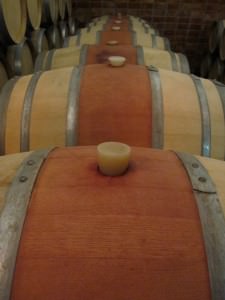
Malbec barrels – Photograph by Andrew Catchpole
It’s this diversity, coupled with enviable growing conditions that the vineyards of Europe simply can’t match, that has encouraged Malbec to thrive in Argentina. Yes, Cahors is now making an increasing number of wines that have shed the tough, sometimes impenetrable ‘black wines’ image of old. But in Argentina the variety has taken on a different persona. In the Malbec heartlands of Mendoza, the high altitude delivers a tightrope of piercing daytime sun and cool nights that allows the grapes to mature with bags of flavor, while capturing all the wonderful aromatic character which is retained as the vines ‘rest’ at night.
The upshot is a style of wine that still resonates with its classic Bordeaux roots, and yet offers a fuller, riper character, with more scented, uplifted aromas, and without the palate-busting tannins found in the old style wines of Cahors. Moreover, as in Bordeaux (especially) of old, Argentine Malbec has proved itself to be a fantastically good variety for blending both with other Bordeaux varieties such as Cabernet Sauvignon, Cabernet Franc and Merlot, plus other less orthodox partners which also seem to welcome the marriage. And the good part is that the best is yet to come in a country that only relatively recently set its sights firmly on making wines of international quality.
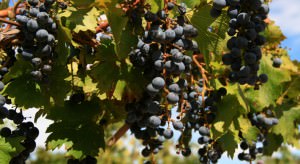
Grapes from the famous Mendoza region – Photograph by Tanenhaus on Flickr
Without question Argentina’s winemakers are continuing to perfect and improve upon their already formidably arsenal of Malbec wines. And these are now firmly established as a new world classic. But in some extraordinary inverted parallel to Bordeaux of old, my hunch – born of many tastings and visits – is that it is the Malbec-dominated blends of Bordeaux varieties that will increasingly deliver Argentina’s greatest wines. Except that this time around, these blends are brimming with that touch of New World ripeness and generosity that Argentine Malbec so readily brings to the party.
And it’s all thanks to a Frenchman, namely Miguel Pouget, who took a chance on importing the Malbec vine.


Latest posts by Andrew Catchpole (see all)
- Taste the Diversity: A Guide to Argentina’s Wine Regions - October 22, 2014
- The Global March of Malbec - October 1, 2014
- ‘Take 5’ Global Sommeliers: Argentine Food & Wine Pairings - April 16, 2014

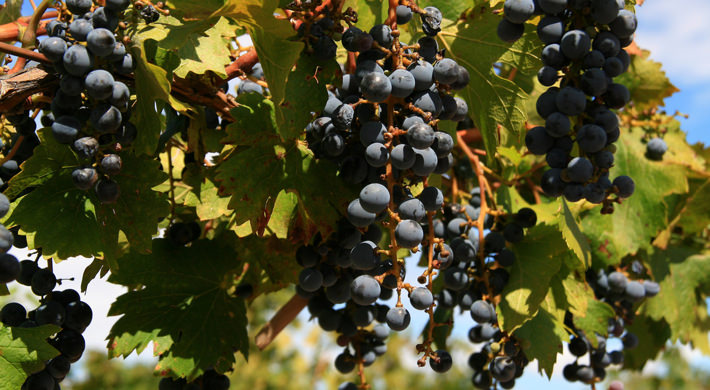
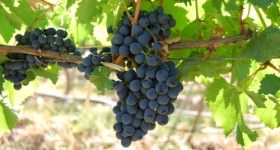 Argentinian Malbec – A Guide to the Grape’s History and Unique Style
Argentinian Malbec – A Guide to the Grape’s History and Unique Style 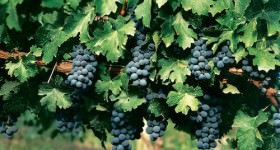 Malbec World Day: A Celebration of Wine
Malbec World Day: A Celebration of Wine  A Taste of Terroir: Argentina’s Diverse Wines & Wine Regions
A Taste of Terroir: Argentina’s Diverse Wines & Wine Regions 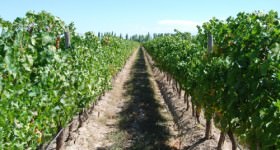 A Look at Some of Argentina’s Most Expensive Wines
A Look at Some of Argentina’s Most Expensive Wines  The Global March of Malbec
The Global March of Malbec  The Vineyard at the End of the World: An Interview with Ian Mount
The Vineyard at the End of the World: An Interview with Ian Mount 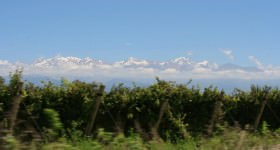 Top 10 Curious Facts About Argentina Wine
Top 10 Curious Facts About Argentina Wine 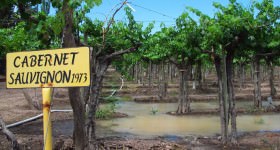 Cabernet Sauvignon – Argentina’s Next Big Red
Cabernet Sauvignon – Argentina’s Next Big Red  AN ARGENTINE FIRST: BACKSTAGE AT THE CONTEST OF THE BEST SOMMELIER OF THE WORLD
AN ARGENTINE FIRST: BACKSTAGE AT THE CONTEST OF THE BEST SOMMELIER OF THE WORLD  Argentina Vineyard and Winery Tours
Argentina Vineyard and Winery Tours 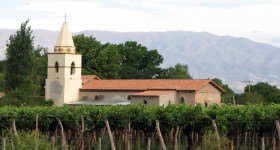 450 Years of Wine in Argentina – A Potted History
450 Years of Wine in Argentina – A Potted History 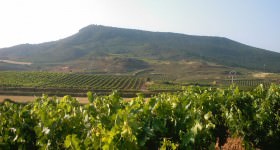 Know La Rioja, the famous wine region of Argentina
Know La Rioja, the famous wine region of Argentina
[…] all, what’s the point of buying a cracking Malbec if you then discover its berryish, plummy concentration is masked by malodorous TCA? Or a […]
[…] …read the rest of the blog at realargentina.com […]
[…] …read the rest of the blog at realargentina.com […]